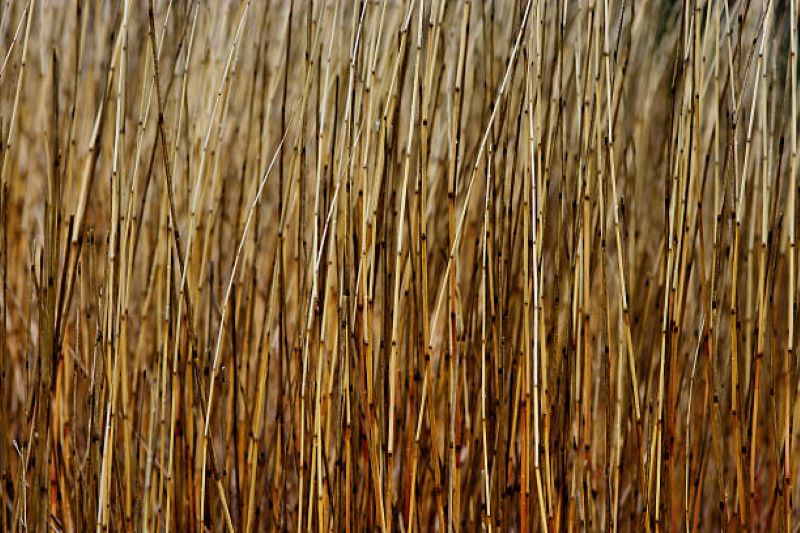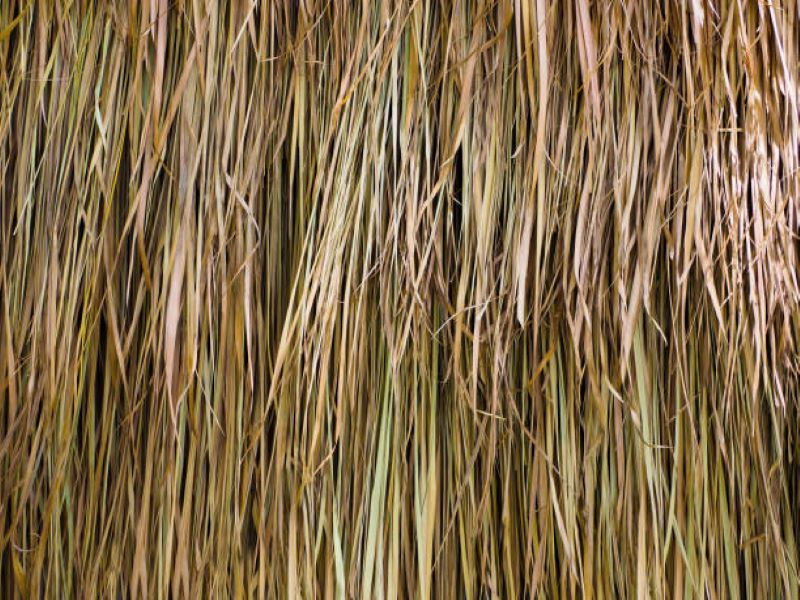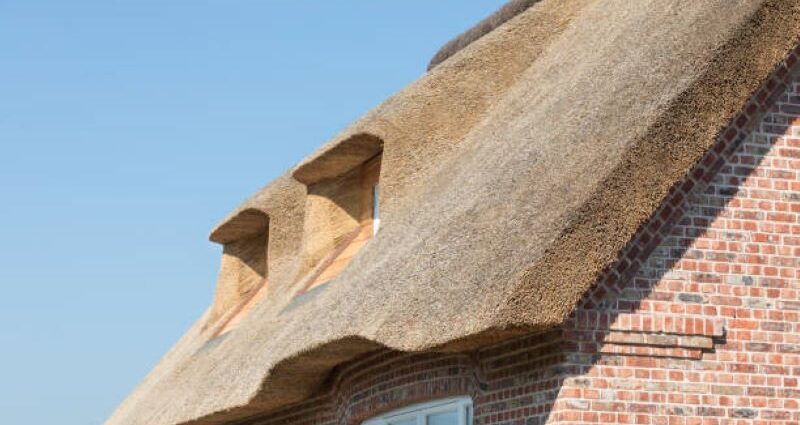Thatch roofing, a traditional roofing method with roots dating back centuries, has found a lasting home in South Africa. This natural and aesthetically pleasing roofing technique not only adds character to homes but also boasts practical benefits. In this article, we will delve into the world of thatch roofing, exploring its materials, construction techniques, and the unique charm it brings to South African architecture.
Materials Used in Thatch Roofing:
Thatch roofs are crafted from a variety of natural materials, with the choice often dictated by regional availability. In South Africa, common thatching materials include Cape reed, thatching grass, and bulrushes. Each material has unique properties that contribute to the overall resilience and durability of the thatch roofing.
Cape reed, known for its strength and durability, is a popular choice in many regions. Thatching grass, on the other hand, offers a softer appearance and is often used for its aesthetic appeal. Bulrushes are valued for their water-resistant properties, making them ideal for areas prone to heavy rainfall.


Construction Techniques:
Thatching is a skilled craft that involves layering and securing the chosen materials to create a durable and weather-resistant thatched straw roof. Thatchers use traditional techniques that have been passed down through generations to ensure the longevity of the roof.
The thatching process typically involves bundling the chosen material into thatch panels, which are then layered onto a roof frame. A skilled thatcher will pay careful attention to the angle and layering of the thatch to ensure optimal water runoff and protection against the elements. The result is a thatch roofing that not only provides natural insulation but also complements the architectural style of the region.
Practical Benefits of Thatch Roofing:
Thatch roofs offer practical advantages that contribute to their enduring popularity in South Africa. One notable benefit is their excellent insulation properties. Thatch naturally regulates temperature, keeping homes cool in the summer and warm in the winter, reducing the need for excessive heating or cooling.
However, like any roofing material, thatch requires proper maintenance. Regular upkeep, including rethatching when necessary and implementing measures to prevent pests, ensures the longevity of the thatched straw roof. Additionally, fire safety precautions are crucial, as thatch is flammable, and homeowners should take steps to minimize the risk of fire.
Thatch Roof Tiles: For those looking for a modern twist on traditional thatch roofing, the market offers innovative solutions such as thatch roof tiles. These tiles provide the charming aesthetic of thatch while offering enhanced durability and ease of maintenance. Thatch roof tiles combine the allure of traditional craftsmanship with the convenience of modern roofing materials.
Thatch roofing in South Africa is not merely a construction choice; it is a reflection of cultural heritage and a commitment to sustainable, natural building practices. Its timeless appeal, combined with practical advantages, makes thatch roofing a unique and cherished feature of South African architecture. As homeowners and architects alike continue to appreciate the charm and functionality of thatch, this traditional roofing method stands as a testament to the enduring beauty of natural materials in the modern world.
Find a Thatch Roofer in the Roofing Directory
